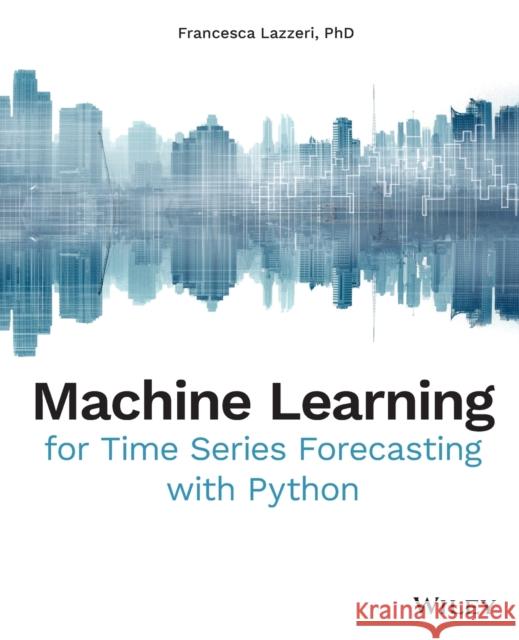Machine Learning for Time Series Forecasting with Python » książka
topmenu
Machine Learning for Time Series Forecasting with Python
ISBN-13: 9781119682363 / Angielski / Miękka / 2020 / 224 str.
Kategorie:
Kategorie BISAC:
Wydawca:
John Wiley & Sons Inc
Język:
Angielski
ISBN-13:
9781119682363
Rok wydania:
2020
Ilość stron:
224
Waga:
0.38 kg
Wymiary:
23.11 x 18.54 x 1.27
Oprawa:
Miękka
Wolumenów:
01











